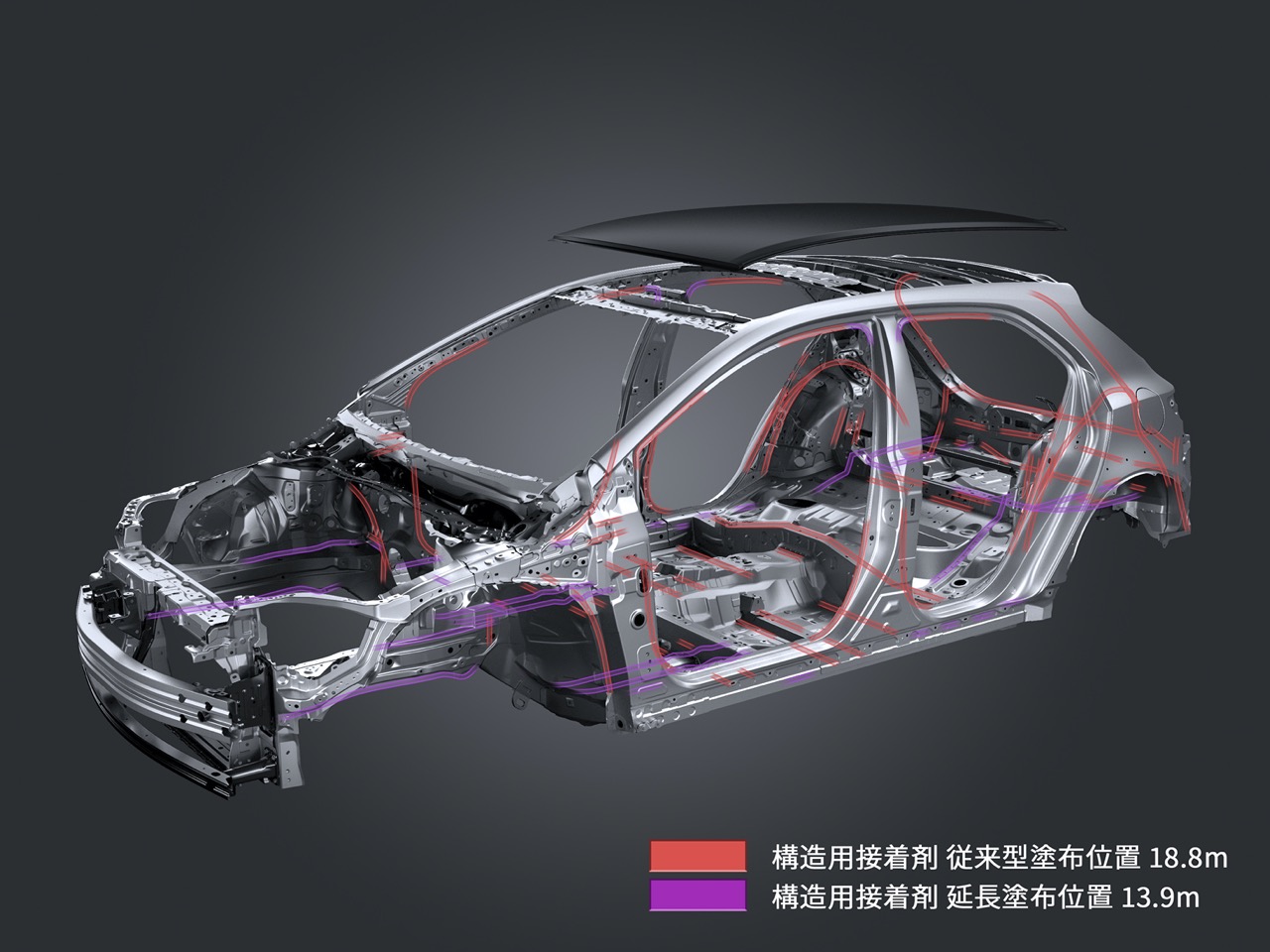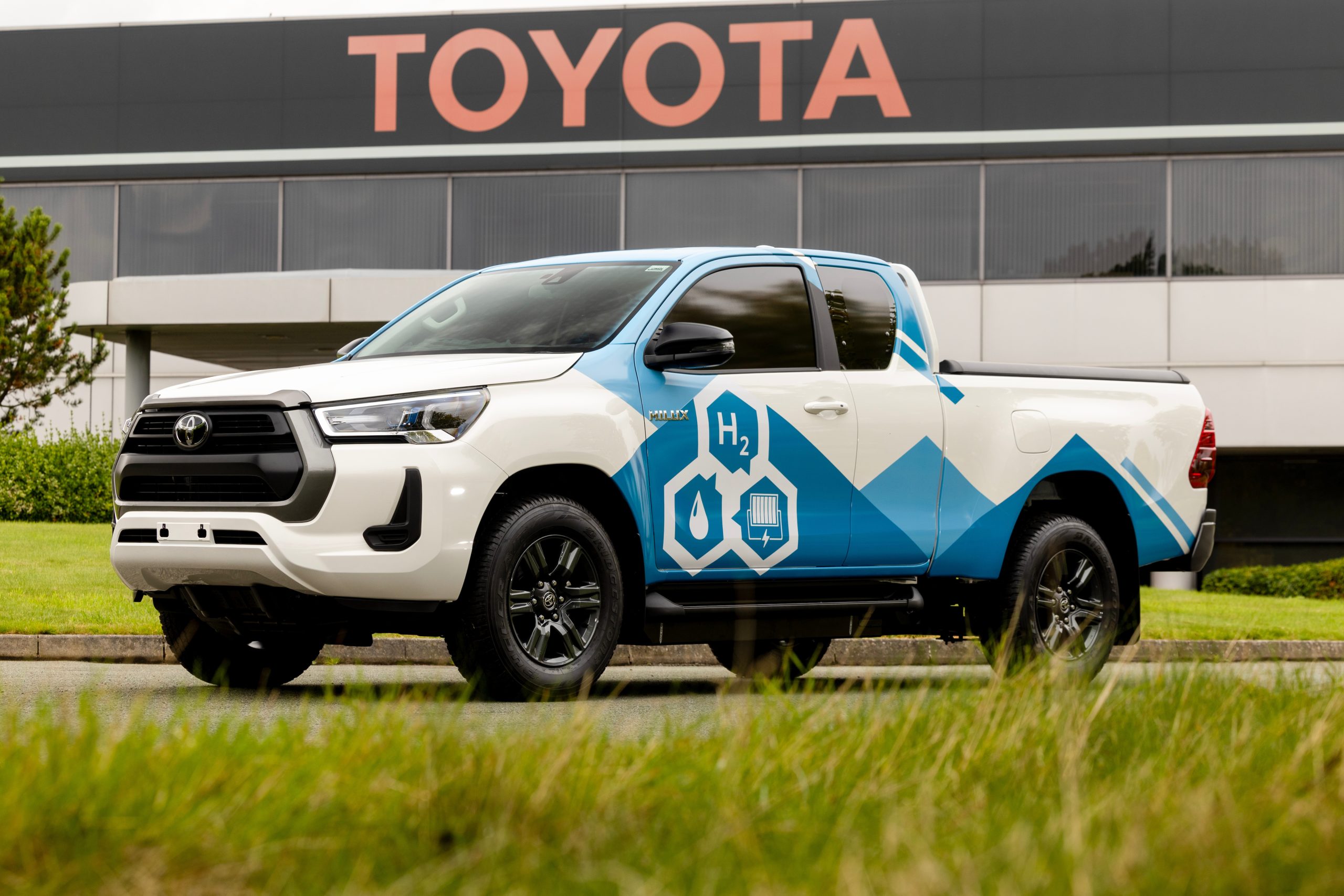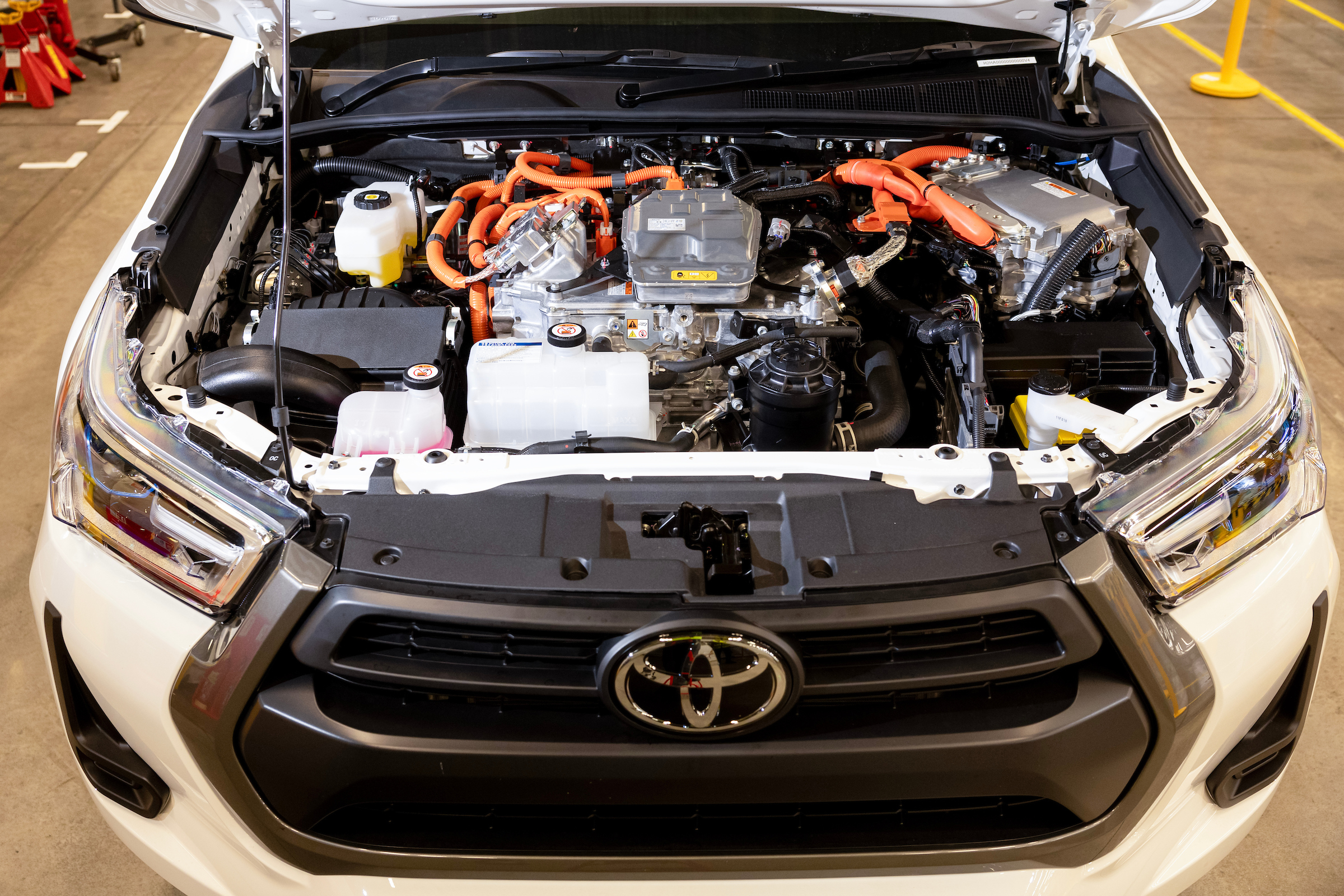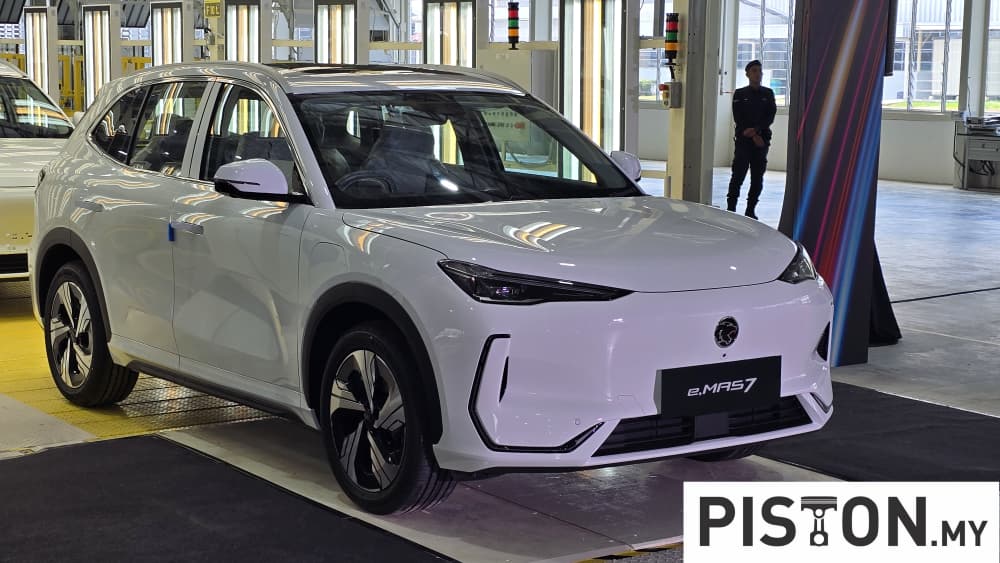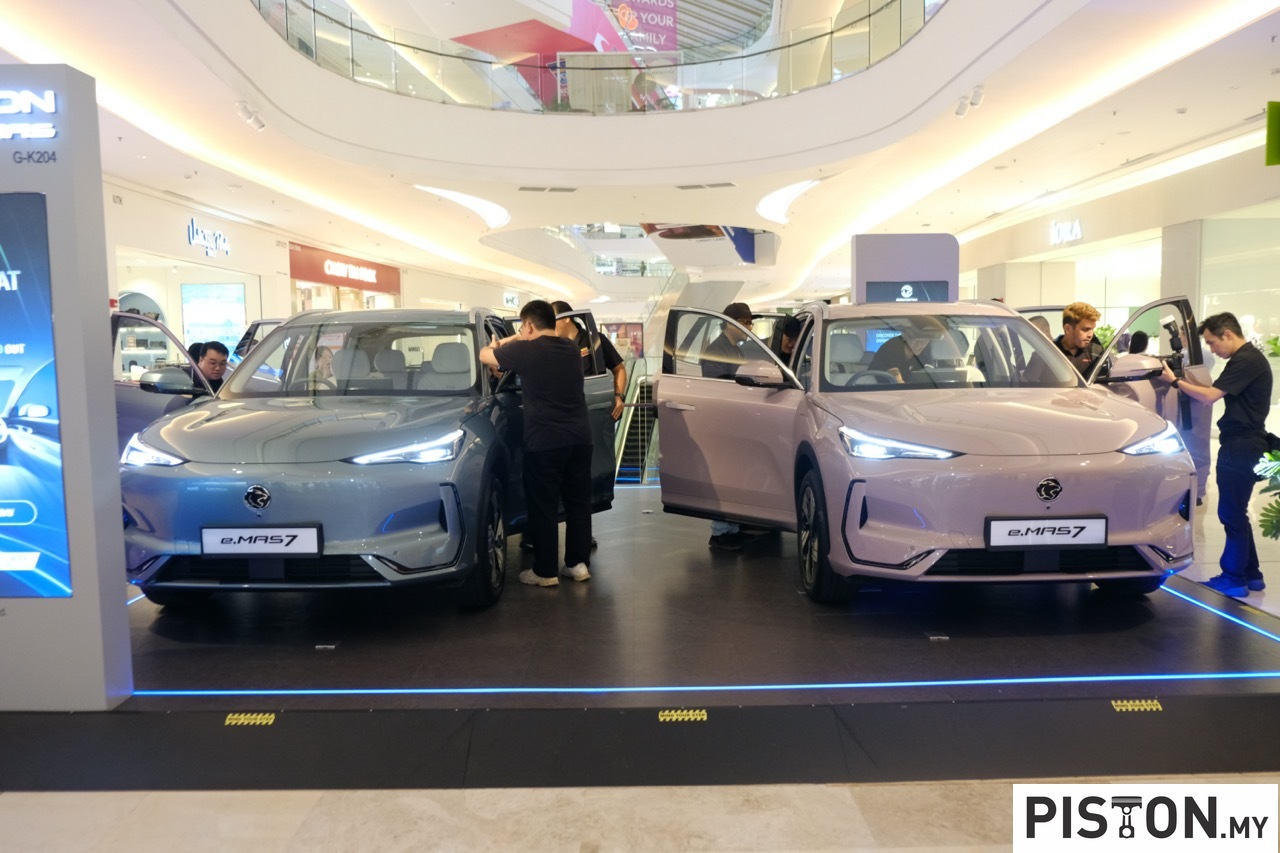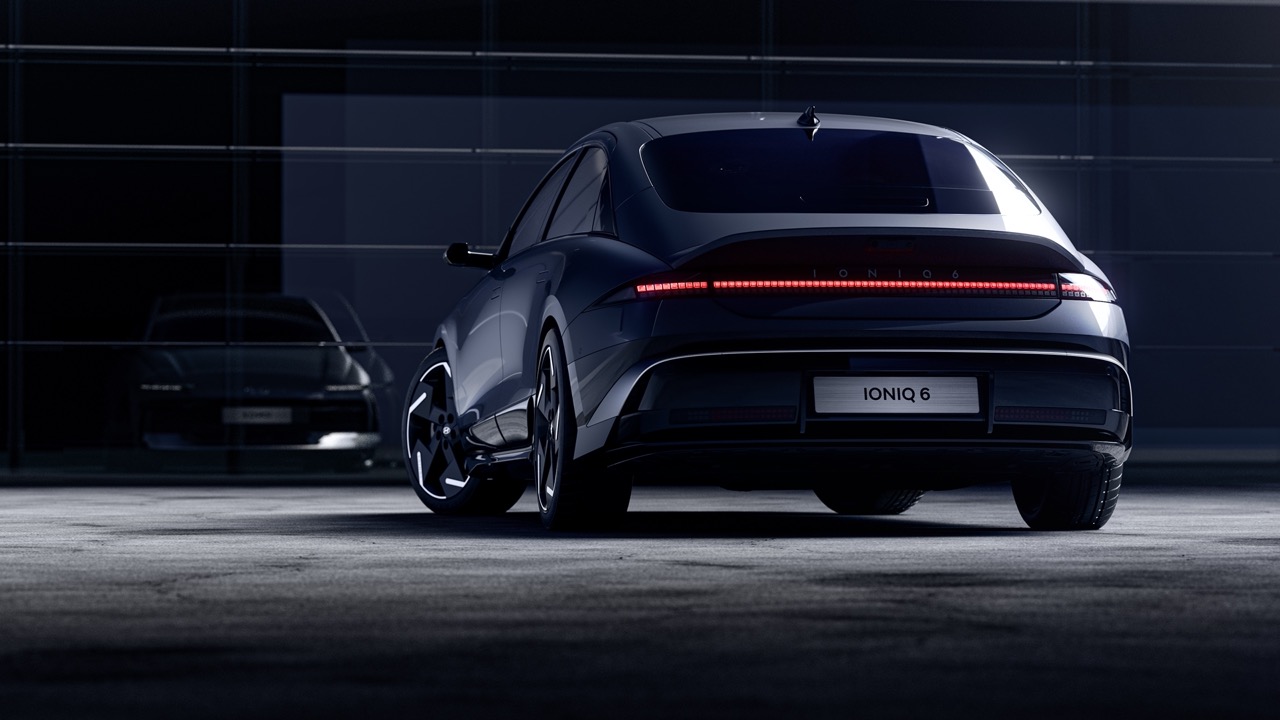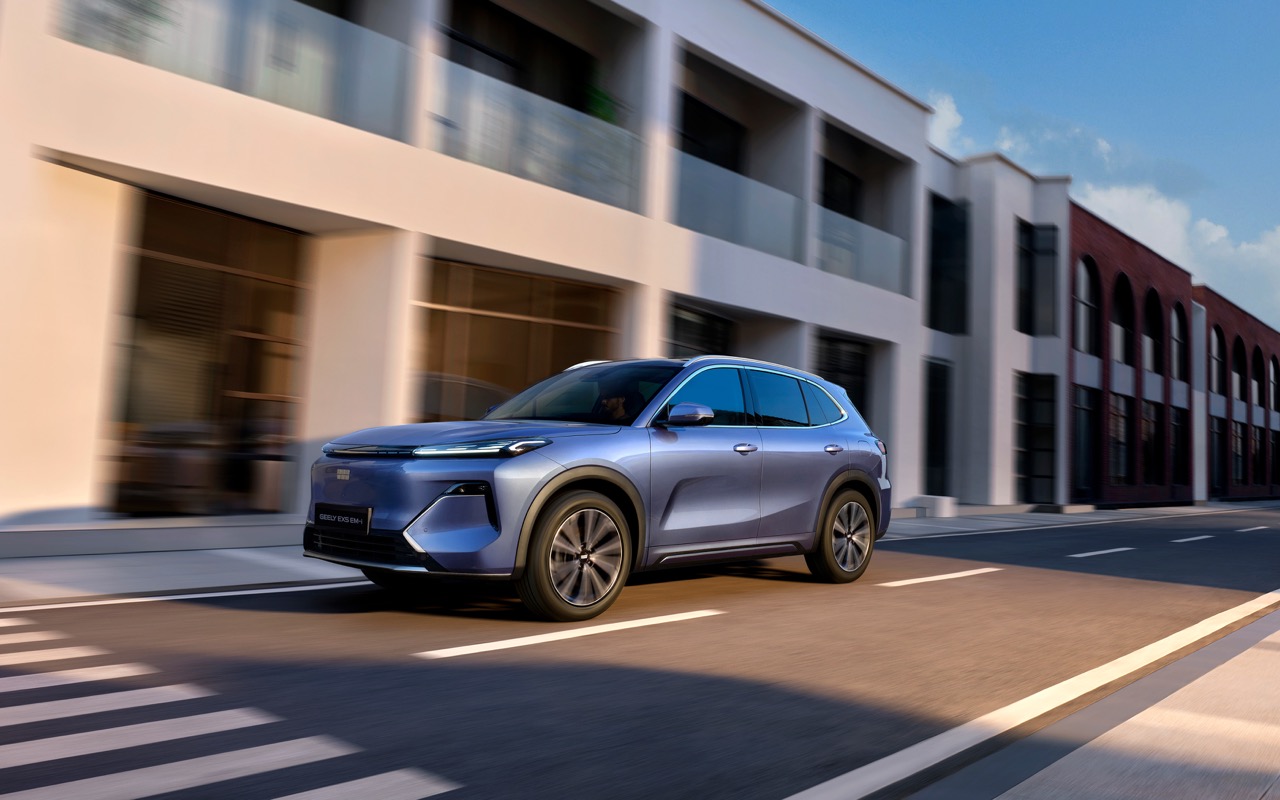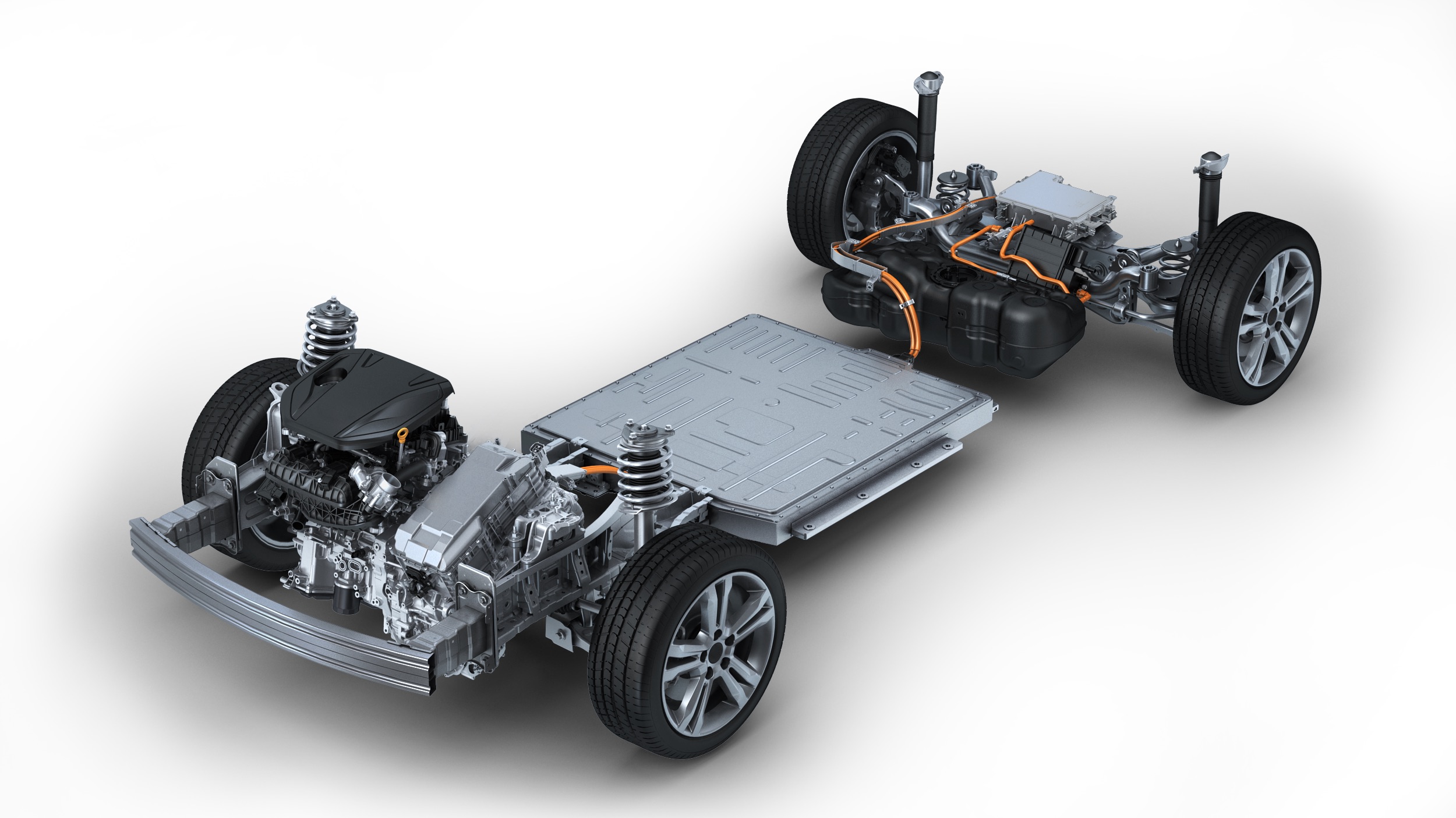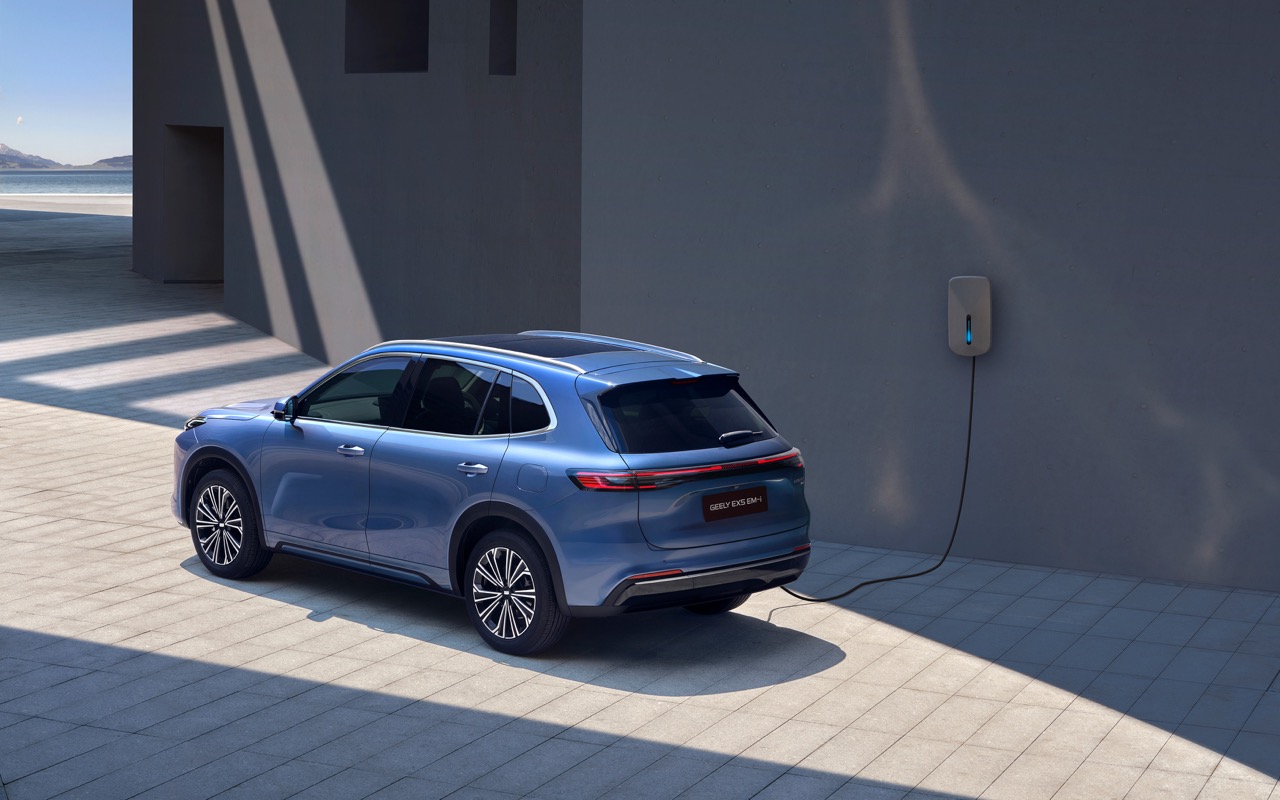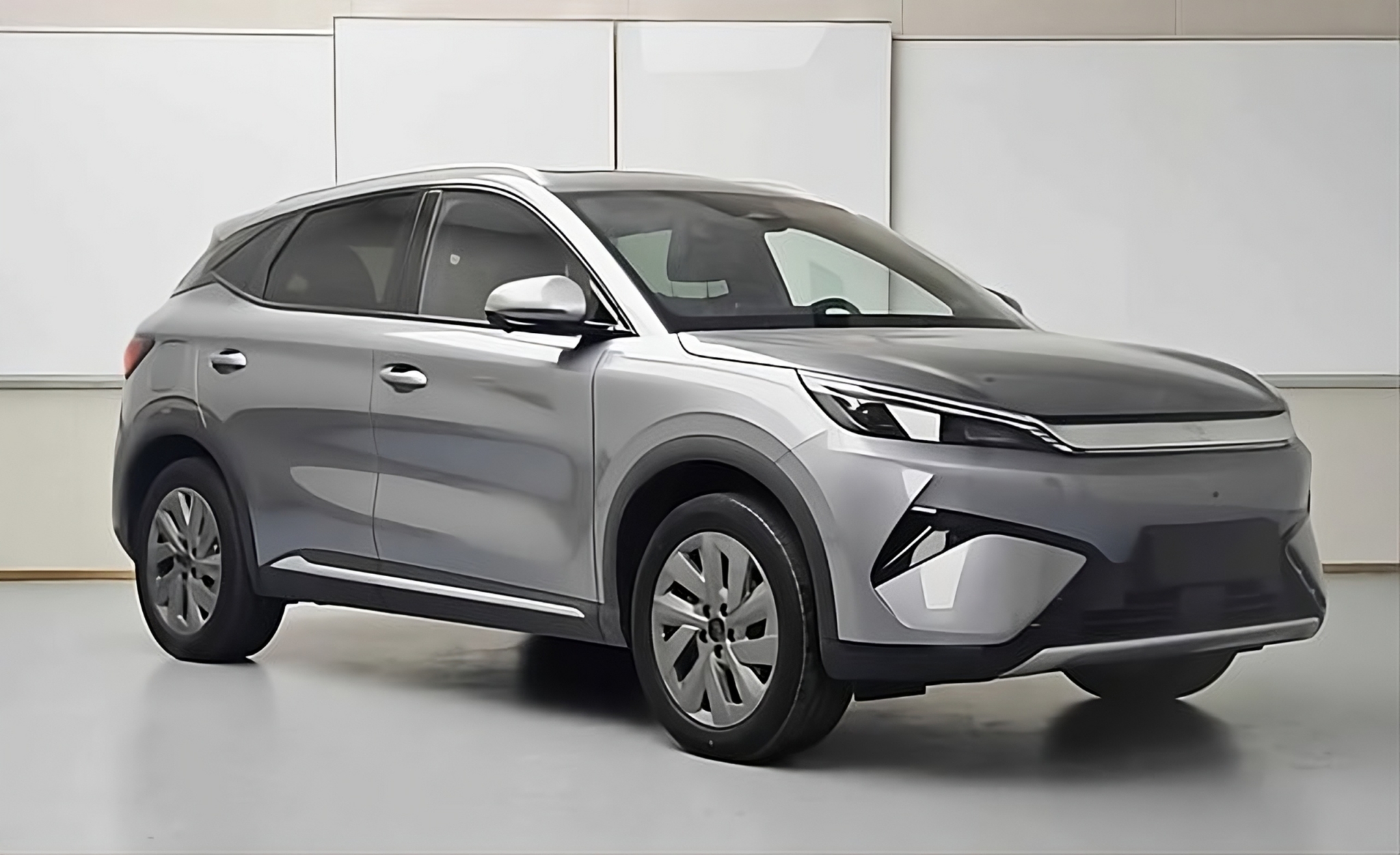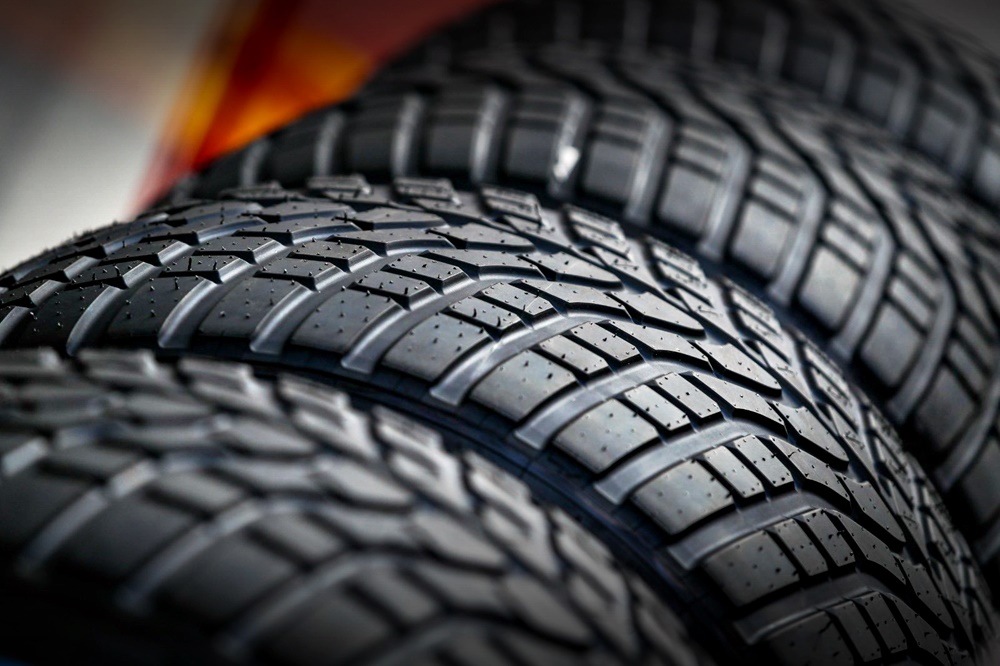Toyota Gazoo Racing (TGR) has introduced an updated version of the GR Corolla, with orders now available at Toyota dealers in Japan, ahead of sales commencing on November 3.
Structural and Cooling Upgrades
The revised GR Corolla comes with a stiffer body and improved intake cooling. Structural adhesive now extends to 32.7 metres of the chassis—almost 14 metres more than before—mainly around the front, floor, and rear wheel wells. This makes the body more rigid without adding significant weight, helping the car remain composed whether on city streets or race circuits.
To ensure stable performance under heavy load, Toyota has added a high-speed cooling duct to the intake system. By pulling cool air directly from the grille, the duct lowers intake temperatures during sustained hard driving, keeping the 1.6-litre G16E-GTS turbo engine performing consistently at full output.




